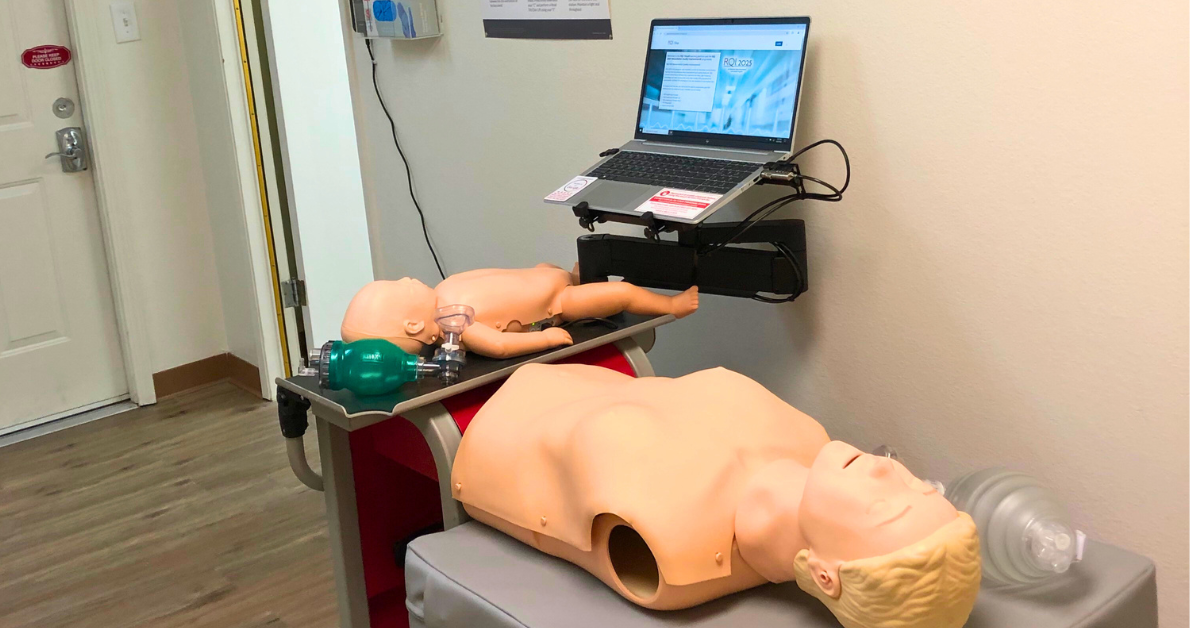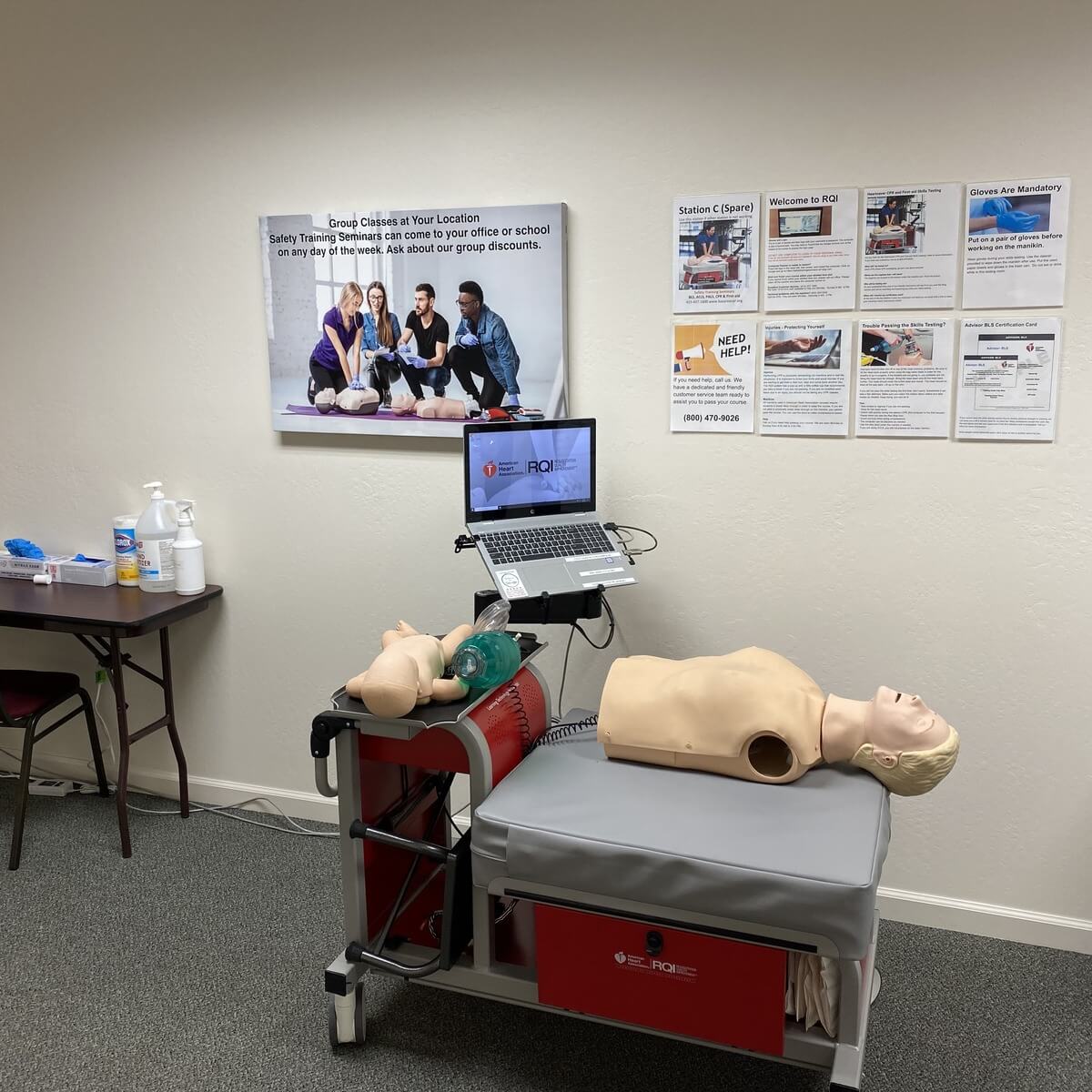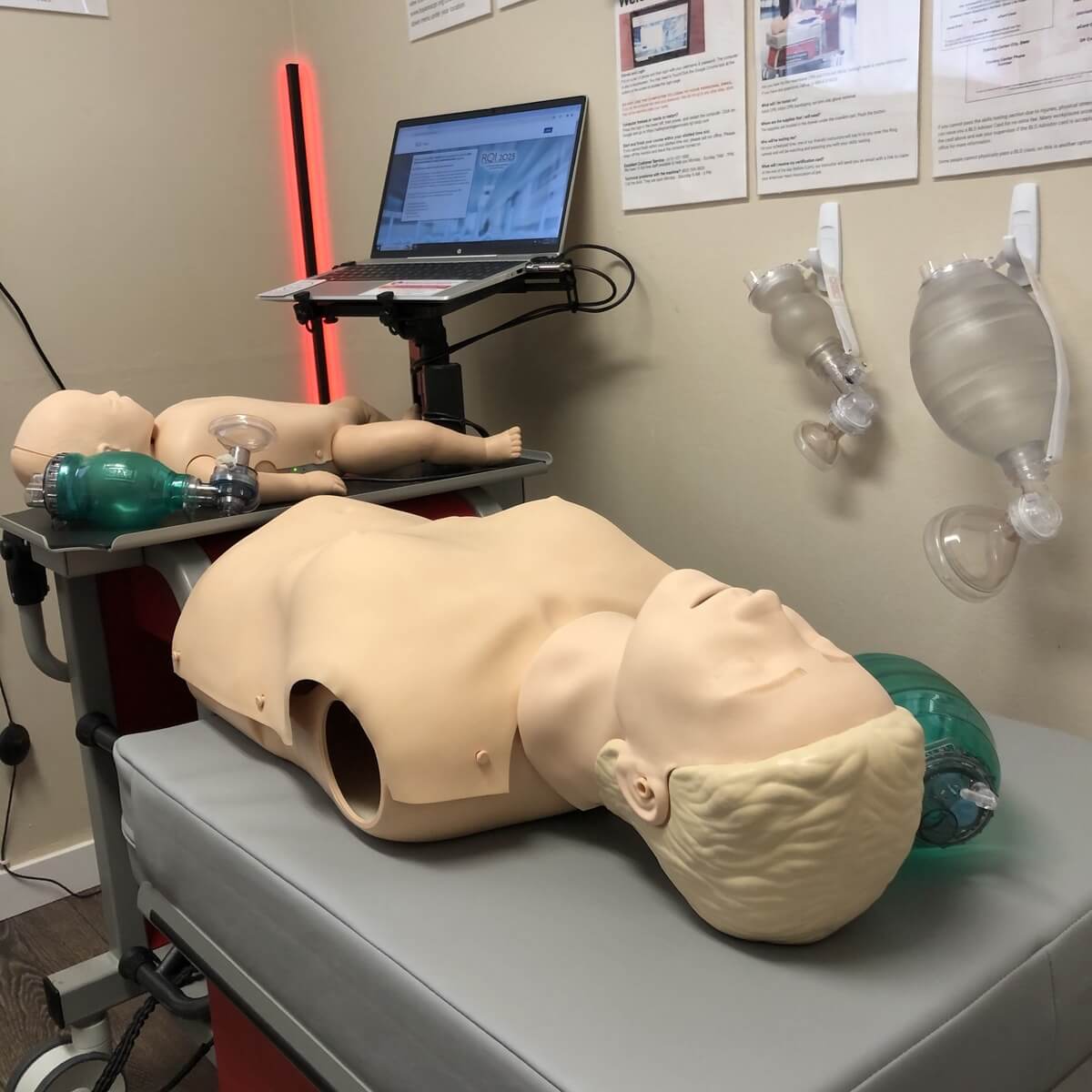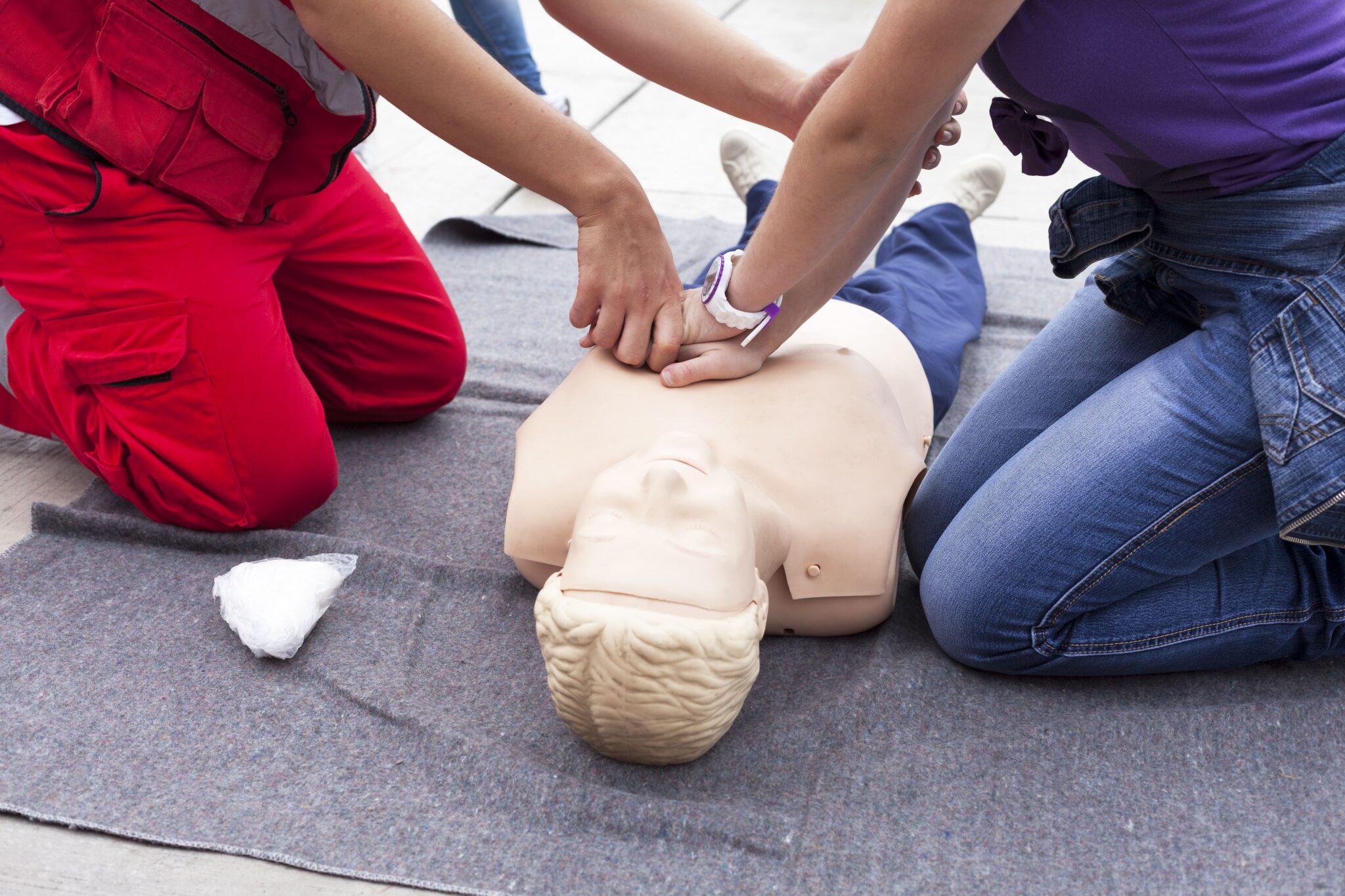If you’re searching for free CPR certification, you’re not alone. Whether you’re a healthcare professional, a teacher, a fitness instructor, or simply a community-minded neighbor who wants to be ready in an emergency, CPR training is one of the most valuable skills you can learn. But is it realistic to get certified at no cost—and if not, what’s the smartest way to keep your expenses low while still earning a card employers will respect?
Why CPR Certification Matters (and Why “Free” Is Complicated)
CPR (cardiopulmonary resuscitation) can make the difference between life and death in the minutes before first responders arrive. Certification verifies that you’ve learned current best practices for chest compressions, rescue breaths, AED use, and scene safety. Employers, insurers, and professional boards often require a recognized credential—commonly from the American Heart Association (AHA) or a comparable organization—for roles in healthcare, childcare, education, fitness, public safety, and beyond.
Here’s the catch: reputable CPR courses involve real costs—training space, instructor time, manikins and AED trainers, consumable supplies like training valves, administrative overhead, and the eCard or certificate itself. Because of these built-in costs, truly free certification is relatively rare. When it does happen, it’s typically because a third party pays on your behalf (e.g., an employer, a grant-funded program, or a community initiative). That’s great news if you qualify—but it also means “free” is usually conditional and not universally available.
What Employers and Schools Really Mean by “We’ll Cover It”
Many workplaces, schools, and volunteer organizations need people on site with current CPR certification. Rather than asking individuals to pay, some institutions fund training themselves. This can show up as:
- Employer-sponsored classes on site. Your company brings in a training provider, pays the invoice, and employees attend at no cost.
- Tuition reimbursement. You pay upfront for an approved course and submit receipts to get reimbursed.
- Annual compliance or onboarding programs. Hospitals, clinics, and various regulated settings often schedule recurring CPR/first aid days to keep staff up to date.
If you’re employed—or about to start a new job—ask your HR department or manager whether they sponsor or reimburse CPR certification. For students, check with your program director, student services, campus health, athletic department, nursing club, or public health office. Schools sometimes have grant dollars or club budgets earmarked for safety training.
Types of CPR Cards: Choosing the Right One for Your Goal
Before you spend time hunting for free options, confirm the exact course your situation requires:
- BLS Provider (AHA Basic Life Support). Commonly required for healthcare professionals and students in clinical programs (nursing, EMT, dental, medical, etc.). This course emphasizes high-quality CPR, team dynamics, ventilation strategies, and AED use for adults, children, and infants.
- Heartsaver® CPR AED (AHA). Designed for the general public and workplace responders (teachers, coaches, construction crews, office staff). Focuses on adult CPR/AED, with optional child/infant modules depending on employer requirements.
- ACLS (Advanced Cardiovascular Life Support) & PALS (Pediatric Advanced Life Support). Advanced, algorithm-driven courses for providers who manage cardiopulmonary emergencies and advanced airways. These are rarely offered for free because they’re longer, more intensive, and require specialized equipment and instructors.
- Add-on First Aid. Some workplaces want a combined CPR + First Aid card. Clarify whether you need this extra module.
When in doubt, ask your employer or licensure board for the exact wording (e.g., “American Heart Association BLS Provider required”). Matching the correct course saves you time and money.
Where “Free CPR Certification” Sometimes Exists
While “no-cost to you” opportunities are not ubiquitous, they do appear—especially when a community group or organization is motivated to expand local emergency readiness.
1) Employer- or Union-Funded Training
Hospitals, clinics, dental practices, fitness chains, warehouses, hotels, and school districts sometimes contract with training providers to certify staff in bulk. If your workplace has safety committees, risk management teams, or insurance-driven compliance goals, you’ve got a good chance of getting covered.
Tip: If your employer doesn’t currently fund CPR, propose it. Emphasize the risk-management benefits, potential insurance incentives, and positive PR of a more prepared workforce.
2) Workforce Development & Job Training Programs
Regional workforce boards and community job centers occasionally sponsor CPR as part of job-readiness tracks (e.g., for healthcare aides, childcare workers, or security personnel). These programs may be grant-funded and limited to certain career pathways or income thresholds.
How to check: Call your local workforce development office and ask if any current cohorts include AHA CPR or BLS certification.
3) Community Health Initiatives & Grants
Public health departments, hospital community benefit programs, and nonprofits sometimes fund free community CPR classes—especially after a high-profile emergency, during National CPR & AED Awareness Week, or in underserved areas.
Watch for announcements through city websites, county health departments, major hospital systems, and community centers.
4) Volunteer Organizations
Some volunteer roles (youth sports coaches, disaster response teams, community patrols, faith-based groups) provide or reimburse CPR training for active volunteers. Requirements vary, and you’ll likely need to meet minimum service commitments.
5) High Schools, Colleges & Student Clubs
Schools sometimes underwrite CPR for specific programs (e.g., health academies, athletic trainers, lifeguards, or resident assistants). Student-led initiatives may bring in a training company and subsidize the fee for members.
6) Special Events & Awareness Campaigns
Occasionally, organizations sponsor mass training events offering hands-only CPR practice or awareness sessions at no charge. Be careful here: these are excellent for learning the basics, but they may not include a recognized certification card unless it’s explicitly stated.
Beware of “Free Online CPR Certificate” Claims
You’ll find plenty of websites promising instant, “free” CPR certificates after a quick quiz. The problem: many employers and credentialing bodies won’t accept those certificates. Common issues include:
- No hands-on skills evaluation. Recognized AHA certifications require an in-person skills check (or a blended course with a live, proctored skills session).
- Not aligned with AHA guidelines. Some sites claim to “follow AHA guidelines” but are not actually AHA courses or accepted substitutes.
- Hidden fees. “Free” may mean you can take a quiz for free, but the card costs money, or the card isn’t valued by your employer.
If you need a credential that meets workplace or licensing requirements, prioritize American Heart Association courses or those your employer explicitly accepts. When in doubt, ask your employer for a list of approved providers.
Understanding the True Cost of a Recognized CPR Card
If you can’t find a free option, it helps to know where the cost goes so you can minimize it wisely:
- Instruction & Equipment. Quality training involves well-maintained manikins, AED trainers, and decontamination protocols.
- Course Materials. AHA often requires specific student materials (digital or print).
- eCard Fees. A recognized digital card (eCard) is issued and verifiable by employers.
- Facility & Admin. Room rentals, scheduling, and record-keeping all factor in.
Knowing these components allows you to ask smart questions and avoid paying twice for the same thing (e.g., being charged for materials you already purchased).
Smart Ways to Lower Your CPR Certification Costs
If completely free isn’t available to you, these strategies can bring the price down significantly—often to the point that paying out of pocket is reasonable and fast:
1) Ask About a Low-Price Guarantee
Some training companies meet or beat local competitors. If you find a lower advertised price for the same course (AHA BLS vs AHA Heartsaver, for example), ask if they’ll match it.
2) Choose Blended Learning
Blended AHA courses let you complete the cognitive portion online at your own pace and then attend a shorter in-person skills session. You save time off work and may find more scheduling flexibility (which can reduce indirect costs like childcare or travel).
3) Look for Weekday, Evening, or Weekend Options
Classes offered seven days a week—including Saturdays and Sundays—make it easier to fit training into your schedule without taking unpaid time off.
4) Book Early & Avoid Rush Fees
Some providers charge extra for last-minute registrations or rescheduling. Plan ahead and read the cancellation policy.
5) Group or Corporate Rates
If you can gather a small group—coworkers, classmates, or club members—you may secure a better per-person price, and the trainer may come to you.
6) Confirm the Exact Course You Need
Taking the wrong course wastes money. If you need AHA BLS for your clinical rotation, a general CPR class won’t cut it. Clarify requirements before you enroll.
7) Check for Student, Educator, or Military Discounts
Many reputable training centers offer category-based discounts. Bring a valid ID.
How to Vet a CPR Provider (So You Don’t Pay Twice)
Before you enroll, ask a few targeted questions:
- Is this an American Heart Association course? If you need AHA, make sure the listing specifically says AHA BLS, AHA Heartsaver CPR AED, AHA ACLS, or AHA PALS.
- Will I receive an AHA eCard? Employers often verify eCards via AHA’s system.
- Is the skills check included? You want the course fee to include your hands-on assessment with an authorized instructor.
- What’s included in the price? Materials, eCard, taxes, and any certification fees should be clear.
- What’s your reschedule/cancellation policy? Life happens—know your options.
- How often do you update your curriculum? Guidelines evolve; established providers keep courses aligned with current science.
A reputable training center will answer these questions transparently and help you select the right course for your situation.
FAQs About Free (and Low-Cost) CPR Certification
Is there a national program that offers CPR certification free to anyone?
Not typically. Most “free” training opportunities are local and limited—tied to grants, employers, or community initiatives. They may fill quickly or be restricted to specific groups (e.g., job trainees, volunteers, or residents of certain neighborhoods).
Are free classes the same quality as paid classes?
Quality depends on the provider, not just the price tag. That said, AHA-approved classes must meet consistent standards. If a free class is truly an AHA course with a valid eCard and a proper skills check, you’re getting recognized training. Just verify the details before you sign up.
Can I get free ACLS or PALS?
This is uncommon because advanced courses are longer and require specialized instructors and equipment. Your best chance is employer sponsorship, academic program coverage, or a clinical site that funds training for incoming staff.
Are short “hands-only CPR” events enough for work?
They’re great for awareness and community readiness, but they usually do not come with a recognized eCard. If you need an official certification for employment, choose an AHA course that includes both knowledge and skills evaluation.
Can I get certified entirely online for free?
You can study online for free using videos and guides, but most accepted certifications require an in-person skills check with a qualified instructor. Be cautious of sites that promise instant certificates for a fee without any hands-on component; many employers won’t accept them.
How often do I need to renew?
Most CPR certifications are valid for two years (verify your specific card). Many employers track renewal windows closely, especially for clinical roles.
A Practical Path if You Don’t Find “Free” Right Away
If you’ve checked with your employer, local workforce programs, and community health organizations and still haven’t found a free seat, focus on making certification affordable, recognized, and convenient. Prioritize providers that:
- Offer American Heart Association courses accepted by regional employers.
- Provide frequent class times, including evenings and weekends, so you can minimize time away from work.
- Publish a low-price guarantee and transparent policies.
- Have multiple locations to cut down on travel time.
- Allow online/blended learning, so you can complete the cognitive portion at home and book a short skills session near you.
This approach keeps your total cost—and hassle—down while ensuring you end up with a credential that opens doors.
Red Flags: When “Free” Might Cost You Later
- No mention of AHA or recognized accreditor. If you need AHA, make sure it says AHA.
- No skills session. A purely online “certificate” with no hands-on check is rarely accepted for employment.
- Unclear pricing. If you can’t tell whether the eCard is included, assume it isn’t.
- Hard to verify. Reputable providers have traceable instructor credentials and verifiable eCards.
- Too-good-to-be-true offers. A legitimate AHA certification has real costs. If a site claims you can get it instantly for free, be skeptical.
The Bottom Line: Free Is Possible—But Not Guaranteed
Free CPR certification is achievable in certain scenarios: your employer pays, your school covers it, you qualify for a community grant, or you volunteer with an organization that funds training. If none of those apply, your best bet is to choose a budget-friendly, reputable AHA provider with flexible scheduling, a price guarantee, and locations near you. The goal is simple: get a recognized card without overspending or repeating the course later.
Ready to Get Certified in Northern California?
If you’re in Northern California and want a recognized, affordable, and convenient option, consider Safety Training Seminars. We are a woman-owned business proudly serving the region with 65+ convenient locations. Our team specializes in budget-friendly American Heart Association courses—CPR, BLS, ACLS, and PALS—and every class is backed by our low-price guarantee.
We run classes every day of the week—even Saturdays and Sundays—so you can fit training into your busy schedule. With flexible scheduling and widespread locations, it’s easy to find a date, time, and site that work for you. Whether you’re renewing for a clinical role, meeting a workplace requirement, or getting trained for personal readiness, we’ll help you earn a credential your employer will recognize and respect.
Take the next step:
Contact us to find a nearby class, compare schedules, and register today. If you’ve spotted a lower advertised price for the same AHA course, ask about our low-price guarantee—we’re committed to making high-quality training accessible and affordable across Northern California.








